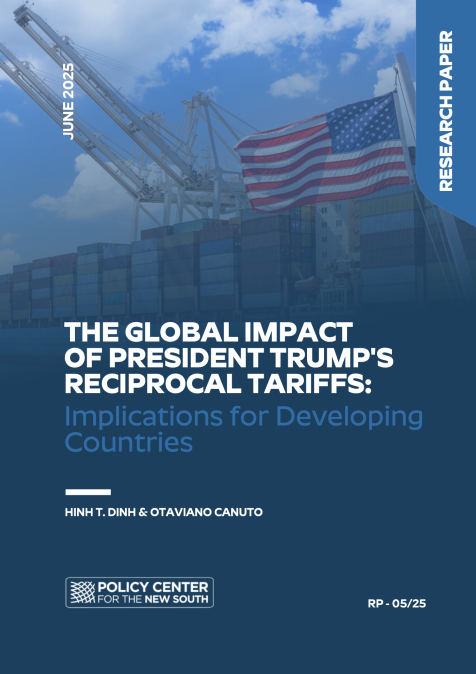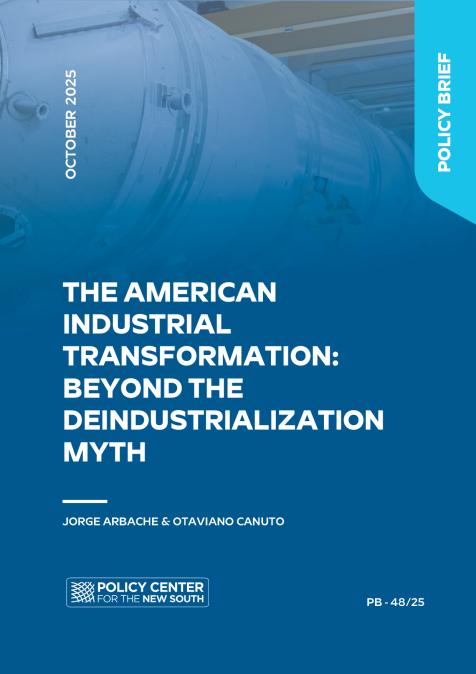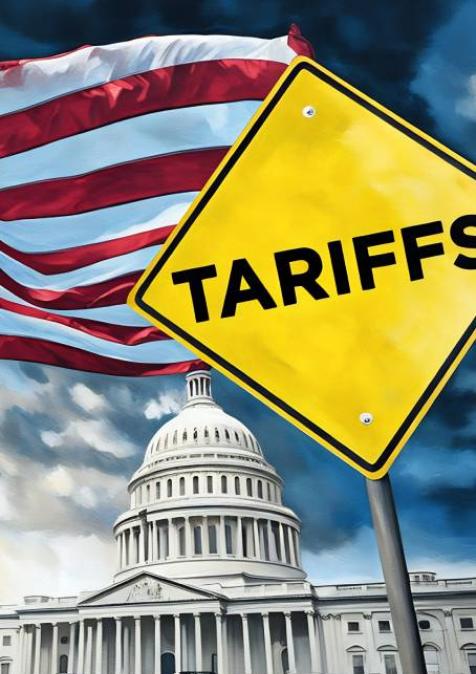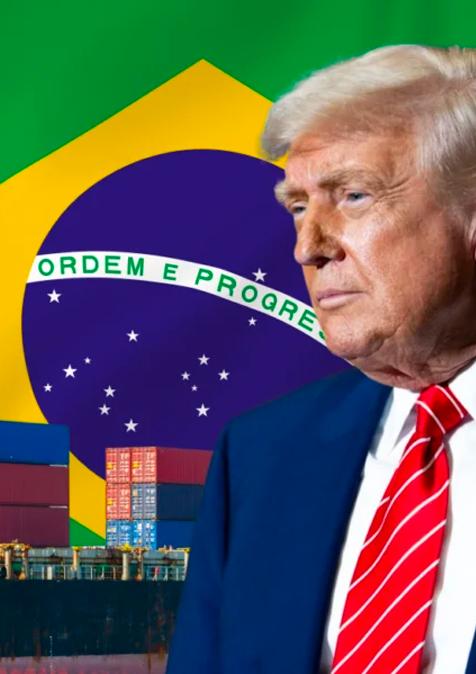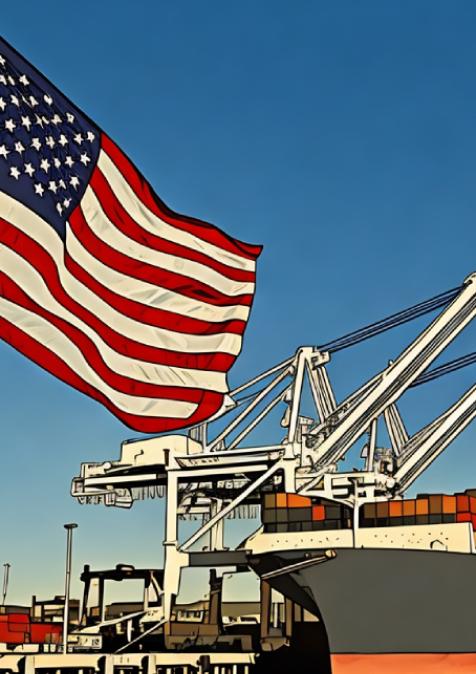Publications /
Research Paper
President Donald Trump's "Reciprocal Tariff" policy, announced on April 2, 2025 (dubbed "Liberation Day"), represents one of the most significant shifts in U.S. trade policy in nearly a century. Trump’s policy imposes a baseline 10% tariff on all imports and additional country-specific tariffs that range from 10% to 50% for countries designated as having "non-reciprocal trading practices" with the U.S. These specific tariffs are determined based on each country’s bilateral trade balance with the U.S. Postponements and bilateral trade negotiations started after April 9, 2025.
This paper develops a two-country general equilibrium model to analyze the economic implications of the originally announced “Reciprocal Tariff” policy, with particular emphasis on developing countries. Initially characterized by a trade deficit in the U.S. and asymmetric tariff structures, the model explores the effects of the U.S. unilaterally raising its tariffs to match those of its trading partners. We incorporate comparative advantage (CA), sectoral heterogeneity, and the interaction of tariff policy with monetary policy. The results suggest that while tariff equalization can reduce trade imbalances and improve U.S. terms of trade, it generates efficiency losses and results in ambiguous welfare outcomes. A calibrated policy mix is required to balance trade, inflation, growth, and equity objectives.
While the administration framed these tariff reciprocal measures as essential for addressing trade imbalances and strengthening American manufacturing, our analysis identifies significant economic repercussions for developing economies. Key findings include the disproportionate impact on developing nations with export-oriented growth strategies, disruption of global value chains, potential reversal of development gains, and acute vulnerability for many African and Asian nations that face some of the highest tariff rates. The policy would likely trigger structural economic changes in the global trading system, with implications that extend well beyond the immediate tariff impacts.

